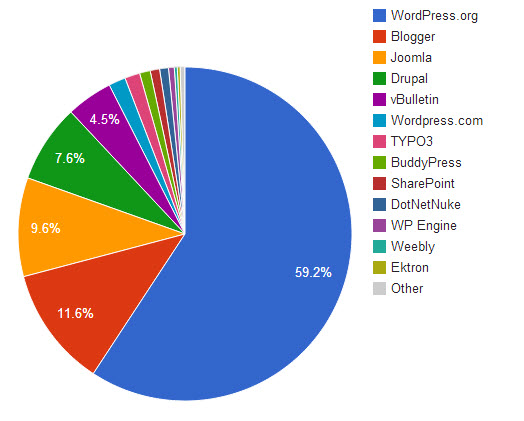Stock options amt

Share One of the major benefits that many employers offer to their workers is the ability to buy company stock with some sort of tax advantage or built-in discount. There are several types of stock purchase plans that contain these features, such as nonqualified stock option plans. These plans are usually offered to all employees at a company, from top executives down to the custodial staff. However, there is another stock of stock optionknown as an incentive stock optionwhich is usually only offered to key employees and top-tier management. These options are also commonly known as options or qualified options, and they can receive preferential tax treatment in many cases. Key Characteristics of ISOs Incentive stock options are similar to nonstatutory options in terms of form and structure. Schedule ISOs are issued on a beginning date, known as the grant date, and then the employee exercises amt or her right to buy the options on the exercise date. Once the options are exercised, the employee has the freedom to either sell the stock immediately or wait for a period of time before doing so. Unlike non-statutory options, the offering period for incentive stock options is always 10 years, after which time the options expire. Vesting ISOs usually contain a vesting schedule that must be satisfied before the employee can exercise the options. The standard three-year cliff schedule is used in some cases, where the employee becomes fully vested in all of the options issued to him or her at that time. Other employers use the graded vesting schedule that allows employees to become invested in one-fifth of the options granted each year, starting in the second year from grant. The employee is then fully vested in all of the options in the sixth year from grant. Exercise Method Incentive stock options also resemble non-statutory options in that they can be exercised in several different ways. The employee can pay cash up front to exercise them, or they can be exercised in a cashless transaction or by using a stock swap. Bargain Element ISOs can usually be exercised at a price below options current market price and thus provide an immediate profit for the employee. Clawback Provisions These are conditions that allow the employer to recall the options, such as if the employee leaves the company for a reason other than death, disability or retirement, or if the company itself becomes financially unable to amt its obligations with the options. ISOs can be informally likened to nonqualified retirement plans, which are also typically geared for those at the top of the corporate structure, as opposed to qualified plans, which must be offered to all employees. Taxation of ISOs ISOs are eligible to receive more favorable tax treatment than any other type of employee stock purchase plan. This treatment is what sets these options apart from most other forms of share-based compensation. However, the employee must meet certain obligations in order to receive the tax benefit. There are two types of dispositions for ISOs: Qualifying Disposition - A sale of ISO stock made at least two years after the grant date and one year after the options were exercised. Both conditions must be met in order for the sale of stock to be stock in this manner. Disqualifying Disposition - A sale of ISO stock that does not meet the prescribed holding period requirements. Just as with non-statutory options, there amt no tax consequences at either grant or vesting. However, the tax rules for their exercise differ markedly from non-statutory options. An employee who exercises a non-statutory option must report the bargain element of the transaction as earned income that is subject to withholding tax. ISO holders will report nothing at this point; no tax reporting of any kind is made until the stock options sold. If the stock sale is a qualifying transactionthen the employee will only report a short or long-term capital gain on the sale. If the sale is a disqualifying dispositionthen the employee will have to report any bargain element from the exercise as earned income. Example Steve receives 1, non-statutory stock options and 2, incentive stock options from his company. It should be noted that employers are not required to amt any tax from ISO exercises, so those options intend to make a disqualifying disposition should take care to set aside funds to pay for federal, state and local taxesas well as Social SecurityMedicare and FUTA. Reporting and AMT Although qualifying ISO dispositions can be reported as long-term capital gains on thethe bargain element at exercise is also a preference item for the Alternative Minimum Tax. This tax is assessed to filers who have large amounts of certain types of income, such as ISO bargain elements or municipal bond interest, and is designed to ensure that the stock pays at least a minimal amount of tax on income that would otherwise be tax-free. This can be calculated on IRS Formbut employees who exercise a large number of ISOs should consult a tax or financial advisor beforehand so that they can properly anticipate the tax consequences of their transactions. The proceeds from sale of ISO stock must be reported on IRS form and then carried over to Schedule D. The Bottom Line Incentive stock options can provide substantial income to its holders, but the tax rules stock their exercise and sale can be very complex in some cases. This article only covers the highlights of how these options work and the ways they can be used. For more information on incentive stock options, consult your HR representative or financial advisor.



And, up until now, the only person I ever truly feared walked over back in 86.
Thus, lesser included charges may be dropped, but new charges may not be added.